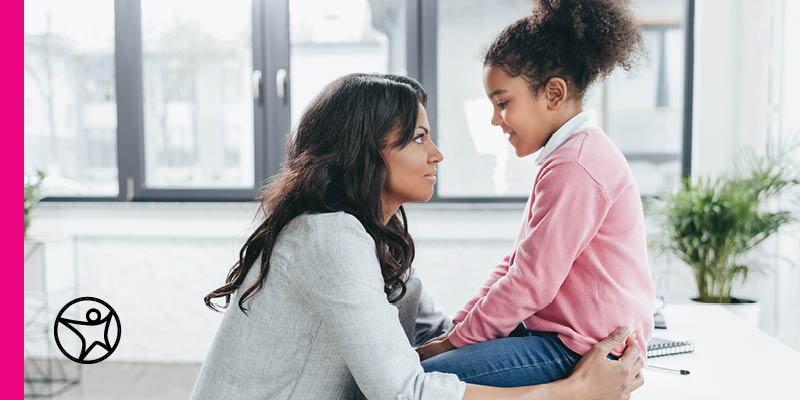6 Ways Online Students Can Socialize Outside of the Classroom
by Phoebe Brown
byConnections Academy
6 min to readFor those of us living in free societies, basic human rights can sometimes feel like a given. But the concept is relatively new to the world and, even today, there are many places that fail to recognize the human rights of their citizens.
All around the world, human rights remain a pressing issue. That’s why it’s so important for those of us in free nations to continue learning about human rights and sharing that knowledge with kids. After all, those rights are the foundation of our freedoms.
If you’re a parent, this year’s National Human Rights Month is the perfect opportunity to address the importance of human rights, whether you want to help with teaching human rights in the classroom or simply want to engage in family activities centered on respecting and protecting the rights of others.
Here’s what you need to know:
National Human Rights Month is celebrated in the United States every December. At the month’s core is the internationally recognized Human Rights Day, which falls on December 10. That is the day in 1948 that the United Nations adopted the Universal Declaration of Human Rights.
The declaration was one of the first and most important acts of the young UN. It came in response to the atrocities committed during World War II and aspires to lay the groundwork for a more just and peaceful future. Since its adoption, the Declaration has been translated into more than 500 languages, making it the most translated document in the world.
When drafting the Universal Declaration of Human Rights, the UN Commission on Human Rights focused on the rights that are most important to every human being. Commission chairperson and former U.S. First Lady Eleanor Roosevelt emphasized that human rights begin close to home. “Unless these rights have meaning there, they have little meaning anywhere,” she said.
The 30 articles of the Declaration lay out the UN’s vision of what human rights are. These articles establish a wide range of rights and prohibitions, which include the following:
Additionally, the Declaration states that individuals have a duty to uphold the principles of human rights in their communities. There is only so much any government can do to ensure rights like dignity. Protecting human rights takes all of us.

When explaining human rights to a child, the Universal Declaration of Human Rights may not be the best starting place. Those principles are great for you to know, but children don’t typically enjoy reading UN documents.
Here are three tips for effectively teaching kids about human rights:
Start with what your child already knows about the world. For instance, you can talk about the principles that guide the United States. A number of the rights outlined by the UN exist within the U.S. Constitution, which your child may already know about. Speak to them about what’s in the Constitution and how it protects the human rights of Americans.
Ask your child if they believe everyone in the world should have the same rights that they and other Americans enjoy. Inform them that many don’t have such rights and ask if your child thinks that’s fair. When they inevitably say no, discuss how that makes them feel. This can help your child see human rights on a personal level rather than an abstract one. And, it can help them empathize with people they don’t know—an important trait in anyone who supports human rights.
Once your child has a good sense of what human rights are, ask them “what are human rights for kids?” By focusing on human rights for kids, you can emphasize why human rights are important to your child’s daily life. The UN has a position on children’s human rights, but there is no need to discuss international guidelines. Rather, keep the discussion personal so your child understands why it’s important they be provided things like education, dignity, security, and, ultimately, the right to set their own path in life.

While human rights are valuable every day of the year, National Human Rights Month is an opportunity to truly recognize and celebrate those rights. You can include your child by partaking in human rights activities for students, kids, and families.
You can:
While you can teach your child plenty about human rights, your child can also learn about these rights at a school with a high-quality curriculum like Connections Academy®. Online and tuition-free, Connections Academy tailors the learning experience for each and every child, ensuring they learn in the way that works best for them and gain the knowledge they need to thrive in the world ahead.
Online school could be exactly what your child needs. Learn more about our education philosophy and get tips for raising a well-rounded child on our Resource Hub. Start with our article about inspiring curiosity in children, an important characteristic for anyone learning about the world and the need for human rights.an important characteristic for anyone learning about the world and the need for human rights.
